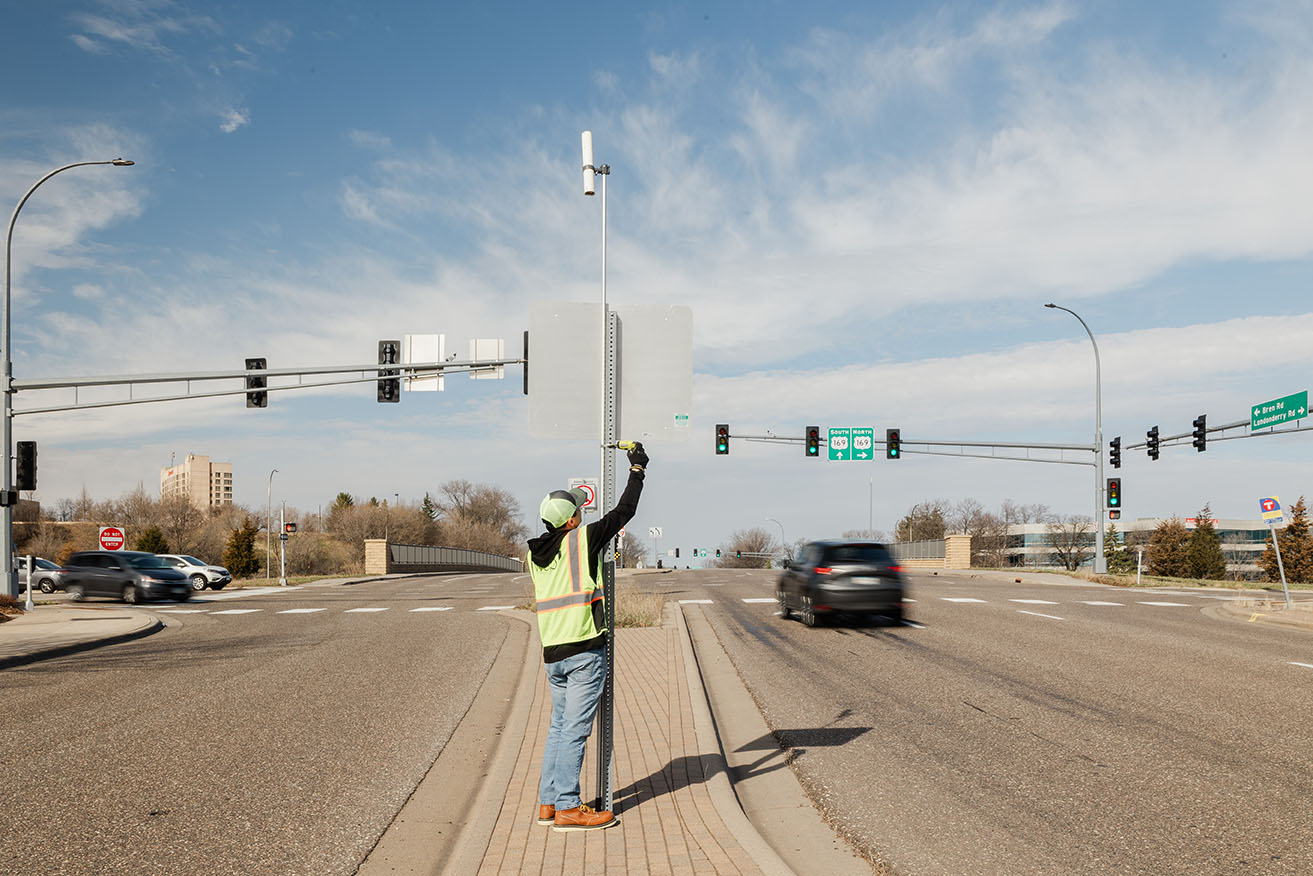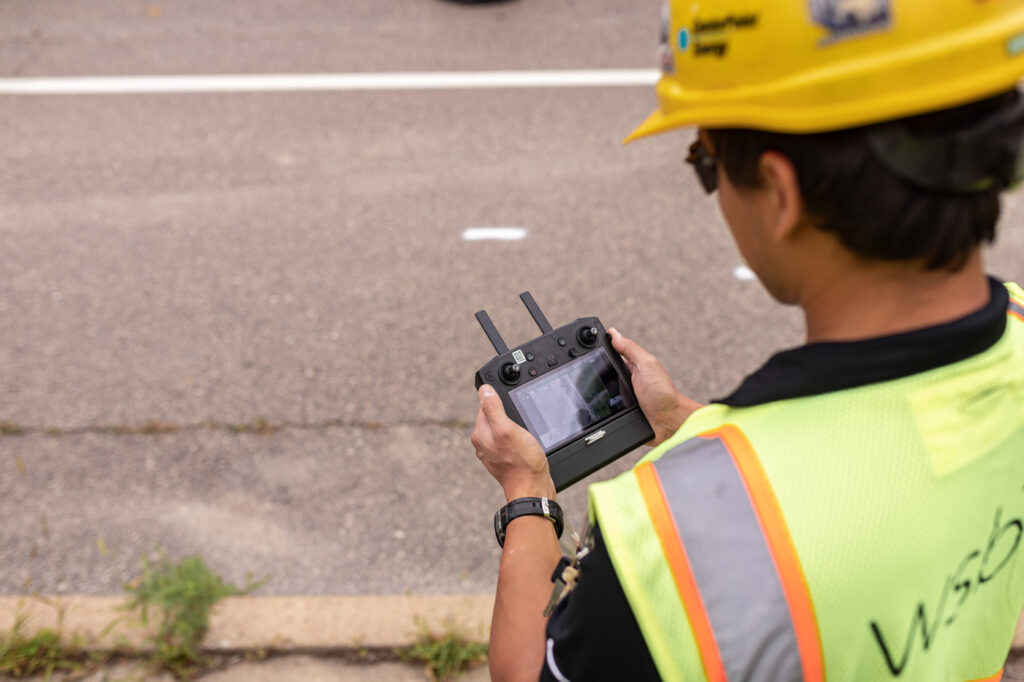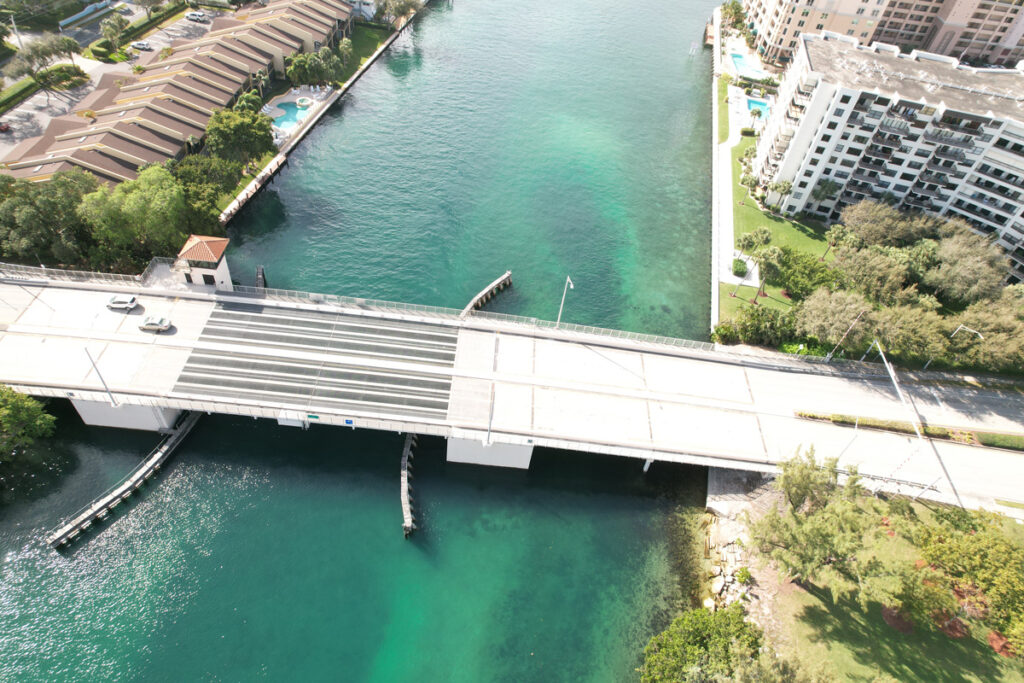By Josh Maus, VP of Traffic Modeling and Planning, WSB
Traffic controls such as signals, signs, markings, and other regulatory devices are essential to the safe and efficient movement of people and goods. As communities grow and change, the systems that guide traffic must evolve too. For city staff, knowing when to re-evaluate and potentially update traffic controls is critical to maintaining safety and operational effectiveness.
Why Re-Evaluation Matters
Traffic controls are selected following a thorough analysis of safety, operations, and other economic and political considerations. Over time, these factors can change because of development, demographic changes, and emerging transportation modes. Regular review will ensure that traffic control is still effective as these factors change over time.
Key Criteria for Re-Evaluation
City engineers should consider the following criteria when determining whether traffic controls need to be re-evaluated:
- Traffic Volume Changes: A noticeable increase or decrease in vehicles, pedestrians, or cyclists may indicate that current controls no longer match actual usage patterns.
- Safety Concerns: Rising crash rates, near-misses, or public complaints can indicate that existing traffic controls are not adequately protecting road users.
- Operational Performance: If intersections or corridors are experiencing delays or congestion beyond acceptable thresholds, traffic controls may be contributing to inefficiencies.
- Land Use Changes: New developments or changes in land use can alter traffic flows, requiring updated controls to reflect the new environment.
- Community Feedback: Input from residents and stakeholders can reveal issues that data alone may not capture.
- Technological Advancements: The rise of smart infrastructure and digital tools offers new opportunities to monitor and manage traffic in real time, making it easier to identify when updates are needed.
How to Identify Better Traffic Control Options
Once a city determines that existing traffic controls may no longer be effective, the next step is conducting an Intersection Control Evaluation (ICE) to identify and evaluate potential alternatives that could better serve the community. This process should be data-driven and include agency coordination and public engagement.
- Collect Data: Obtain traffic volumes, crash data, area context, and development plans.
- Forecast Future Volumes: Analyze past traffic volume trends and consider forecast growth, future land use plans, and development proposals to estimate how traffic volumes will change in the future.
- Evaluate Alternatives: Develop concepts and evaluate based on safety, operations, and other considerations, revising the concepts and the analysis as needed until a recommended alternative is identified.
- Engage Stakeholders: Include input from residents, business owners, school officials, and emergency services throughout the process to ensure proposed changes reflect community needs.
- Pilot and Monitor: Where feasible, implement temporary changes to test effectiveness before committing to permanent installations.
- Integrate Technology: Consider smart infrastructure solutions that allow for adaptive signal control, real-time monitoring, and better coordination across corridors.
This approach ensures that traffic control updates are not only reactive but also strategic in supporting long-term mobility, safety, and sustainability goals.
Partnering with WSB for Smarter Traffic Solutions
At WSB, we understand the challenges cities face in managing traffic controls. Our traffic experts bring experience in roadway design, traffic analysis, and smart infrastructure implementation. Whether your city is planning for growth, responding to safety concerns, or exploring new technologies, WSB is here to help evaluate and update traffic controls with confidence. Let’s work together to build safer, more efficient streets.





